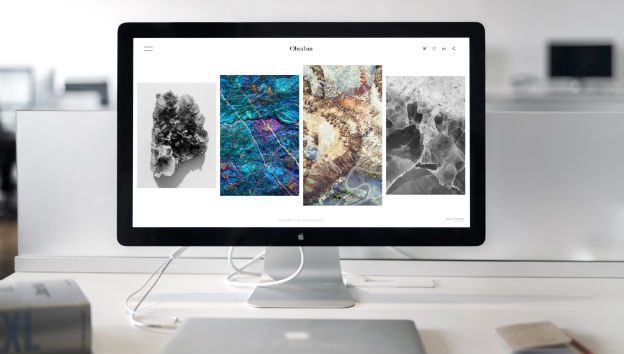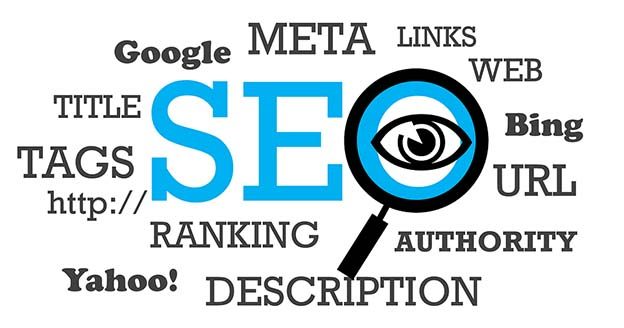Simple Navigation – the key to a happy visitor
A website’s success is not just based on how good it looks or on what it does. These things are definitely important but equally important is website navigation, your visitors’ ability to move around your website and find what they are looking for.
Simple navigation is one of the most important factors for you to consider on your website. To understand why, lets imagine you are in a book store and you want to find a book about vegetables. You will follow the signs for the gardening section and you will browse for your choice. If you can not see a book on vegetables you will most likely ask an assistant and they will guide you to the relevant section. This works because you have spent time and effort getting to the book store and you don’t want a wasted journey. In other words you are committed.
With website visitors that commitment is just not there. They have spent almost no time in finding you (thanks Google) and they can browse dozens of competitors within minutes. A website visitor is much like a window shopper, if they do not find something of interest quickly they will move on.
The easier your website is to use the more likely you are to create engagement with your visitor which in turn will generate new clients. If a visitor finds it easy to interact with your website they will think much the same of you and your company.
So what are the rules for simple website navigation? How do you ensure you are making it easy? I could write several chapters here but we will keep simple and focus on three key factors.
Location
When designing a website it is important to take note of how a visitor views your website. There have been numerous studies carried out on the eye movement of a visitor when looking at a website. These studies show that visitors will generally scan any website in an f shaped pattern.
This is important when considering placement of your menu and other key navigation features like shopping cart or search bar. The primary navigation should be somewhere the visitor can quickly locate and scan for relevant links. A horizontal menu towards the top of your page or a vertical menu to the left are the most likely places for your visitor to look at so make sure you utilise this space.
Consistency
Lack of consistency in a website is one of the most frustrating things for a visitor. If they have taken the time to browse through your website it is not a good idea to play hide and seek with them. With modern CMS websites this consistency is very easy to achieve as menus and other navigation elements are universal to every page by default. However, website managers often make the mistake of creating links or adverts on their websites that are only accessible from certain pages. This is a mistake.
If the visitor found that link or page useful they will most likely want to come back to that page a number of times during their visit or on subsequent visits. Expecting them to recall a specific set of clicks or steps to locate that content is unrealistic. Most likely the visitor will feel frustrated that they can’t remember where it is and head for google to find someone else.
This can be solved by making sure every page on your website is accessible from the menu structure. No matter how minor the page it should always be available. This will cut down on the amount of clicks & page loads and the visitor will move through your website quickly and easily.
Legibility
If visitors fail to recognise important links or navigational elements you have lost before you even begin. An all too common mistake for both web designers and web managers is to assume that everyone acts & behaves the way they do. “If I find flashing imagery and scrolling text easy to read then so will everyone!” You have to understand that your visitors will have varying degrees of eyesight, literacy & IT skills.
This means that navigation should use simple text wherever possible and for the really important sections use images or iconography. This gives visitors the best possible chance of using your navigation to find what they want.
You should completely avoid Flash for menu elements as this is dependant on a specific plug in to display which a user may not have. Worse still flash is not available on iPhones which means some visitors will not see any navigation on your site.
These three factors are a great starting point for reviewing your own website. Try and look at it from a visitors perspective better yet ask your website visitors for feedback on how easy your website is to use and watch out for phrases like “I can never find…”
Adopting simple navigation for your site can make a massive difference to your visitors and in turn create a much better experience for your customer.


 What is a Content Management System (CMS)
What is a Content Management System (CMS) Some SEO Questions Answered
Some SEO Questions Answered How to fail at ecommerce
How to fail at ecommerce